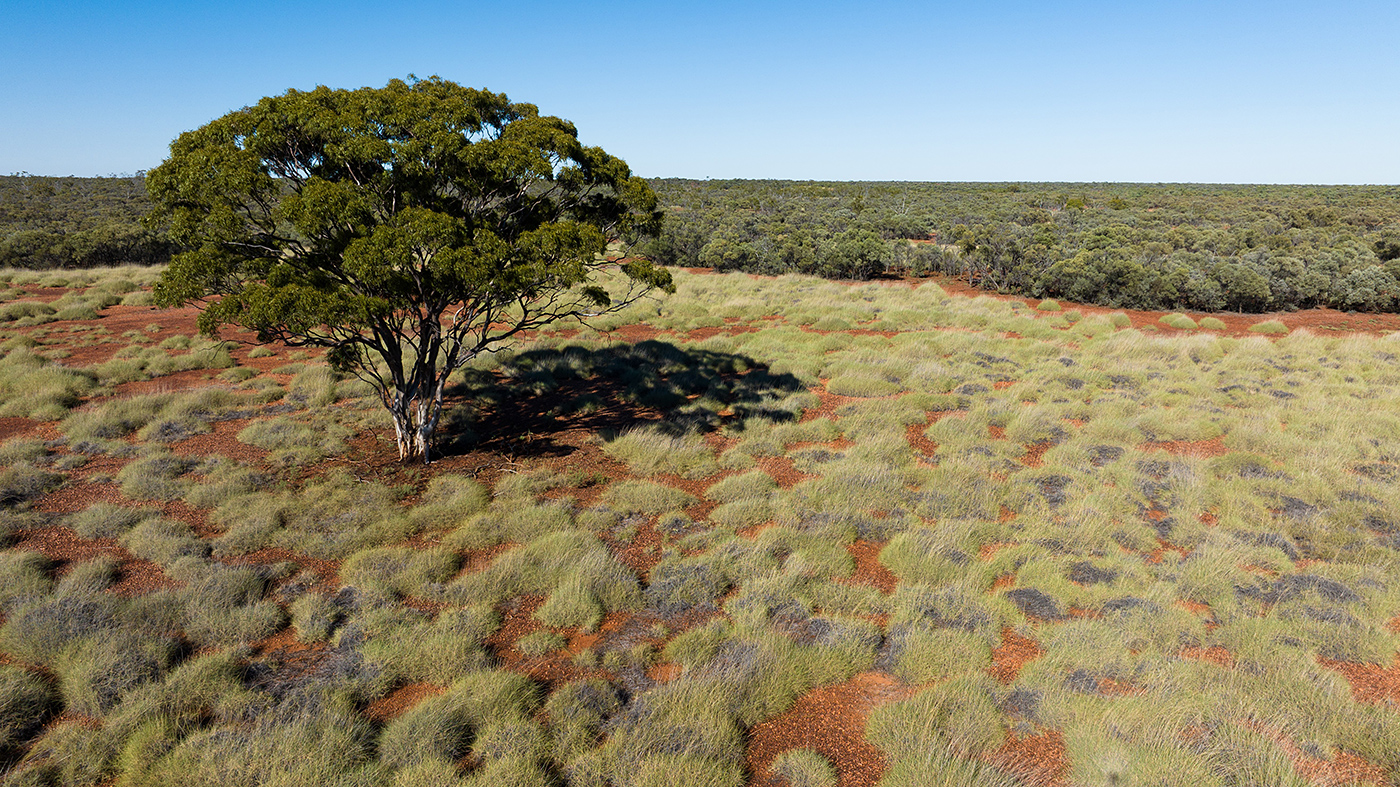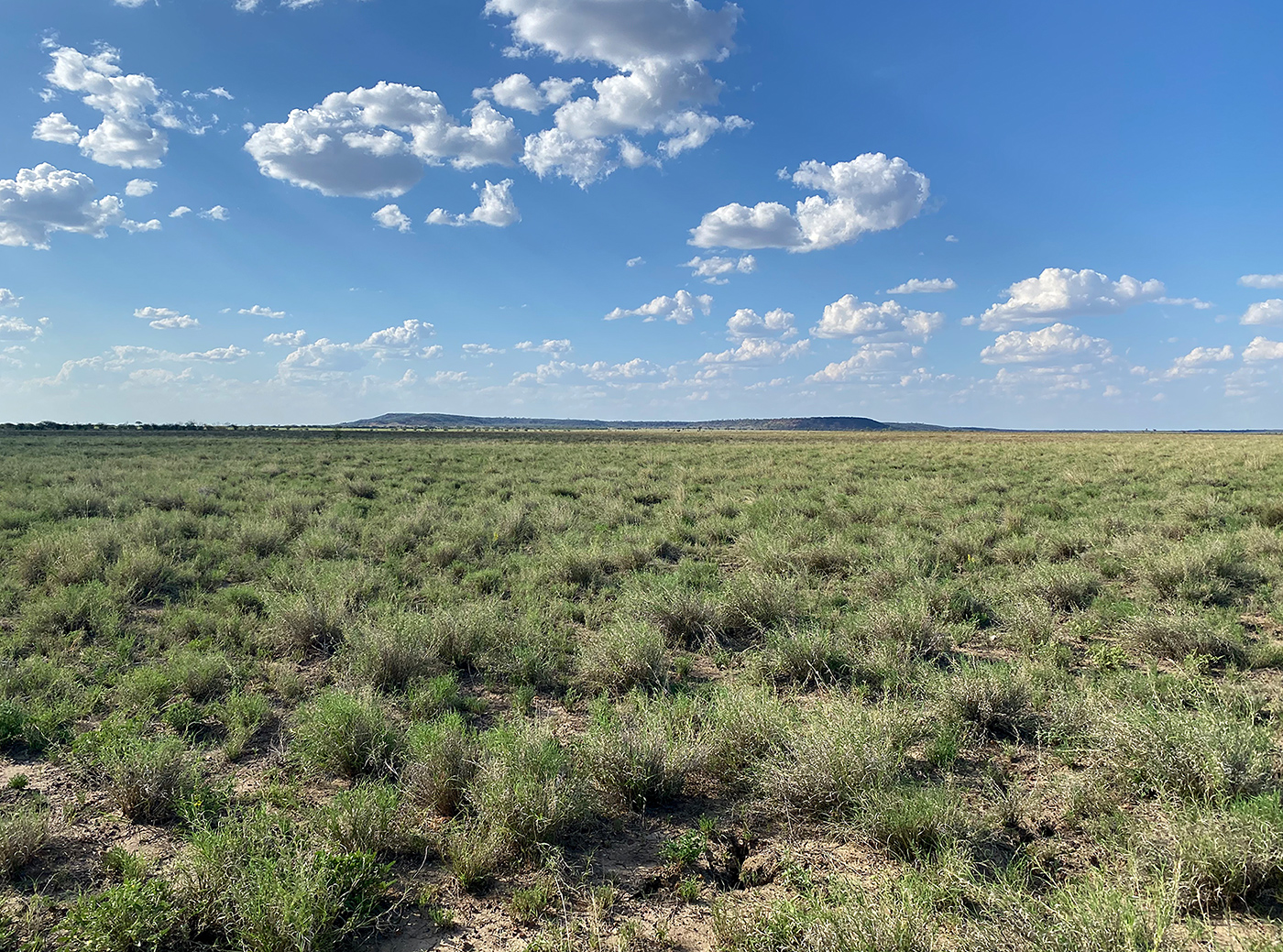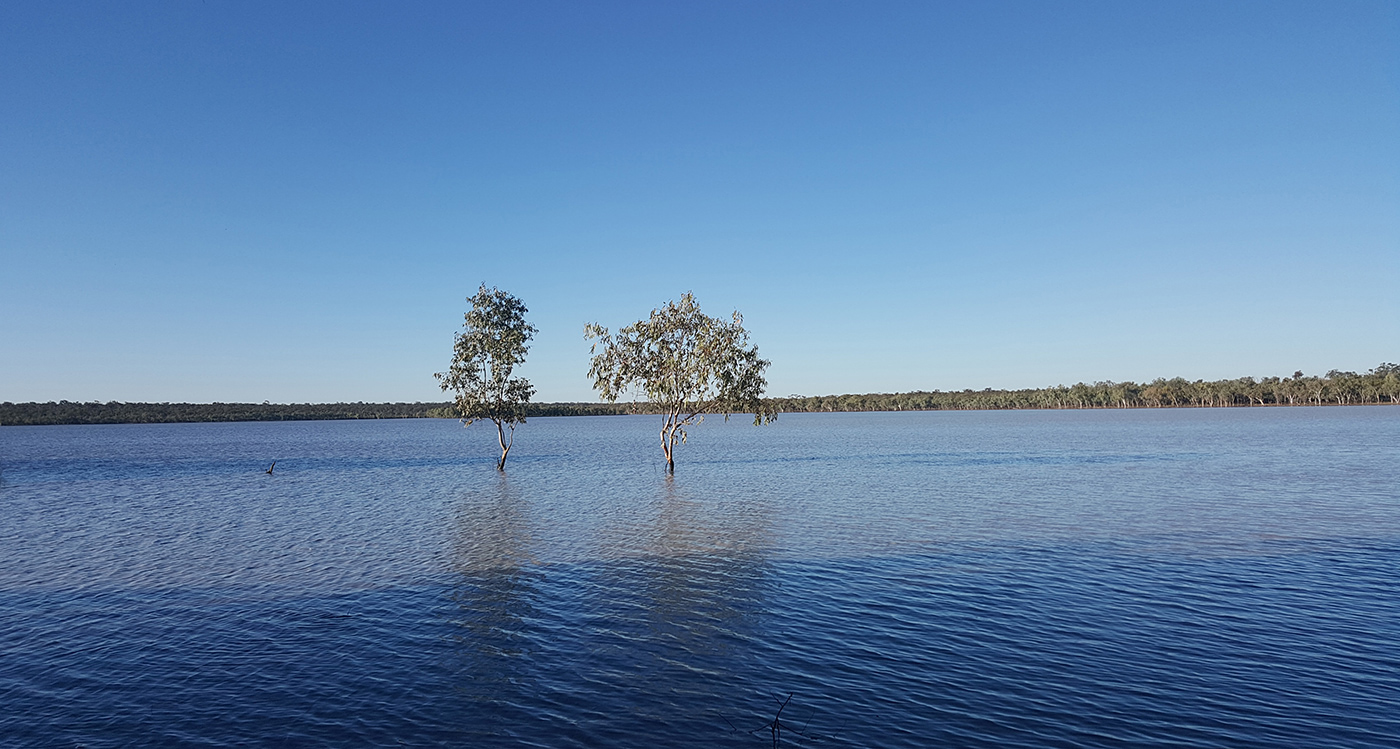Land acquisitions and conversions
The Queensland Government actively explores a range of opportunities to grow the protected area system by purchasing or, acquiring through various voluntary mechanisms, land for adding or converting to national parks.


The priority is to acquire land that:
- is comprehensive, adequate and representative of the state’s biodiversity
- helps to conserve critical habitat for threatened and at risk species
- protects and conserves Queensland’s First Nations people’s culturally important landscapes and places and connection to Country
- protects non-Indigenous cultural heritage and historic places
- contributes to potential economic, social and health benefits to our communities
- provides for high-quality, nature-based recreation and ecotourism opportunities that connect people with nature
- contributes to carbon sequestration, climate resilience and protection of the Great Barrier Reef.
In 2022, the Queensland Government invested $262.5 million over four years to expand and manage protected areas.
New areas can sometimes be supported by philanthropic partnerships developed in collaboration with not-for-profit groups, or with local governments.
Significant recent land acquisitions and conversions include the following:
- Vergemont Station, Western Queensland, 2024
- Tonkoro Station and Melrose Station, Western Queensland, 2024
- Great Barrier Reef islands, 2024
- Daisy Hill Conservation Park, South East Queensland, 2024
- Spadely Station, Curtis Island, Central Queensland, 2023
- The Lakes, North Queensland, 2022
- Case study – A conservation corridor in Western Queensland
Vergemont Station, Western Queensland, 2024
Purchase of Vergemont Station, a 352,589-hectare cattle grazing property.
- contains significant riverine and biodiversity conservation values
- key habitat for the endangered night parrot and highly restricted Opalton grasswren
- the majority of the land will be transitioned to national park
- creates a corridor by connecting with other nearby protected areas and conserves almost one and a half million hectares of Channel Country bioregion
- investment included a $21 million philanthropic donation brokered by The Nature Conservancy.
Vergemont Station image gallery
Tonkoro and Melrose Stations, Western Queensland, 2024
Purchase of 138,000-hectare Tonkoro Station and 65,000-hectares of Melrose Station.
- both areas contain habitat for key habitat for the endangered night parrot and highly restricted Opalton grasswren
- they are regional ecosystems that are poorly represented, or have no representation, in the current protected area estate
- land will be transitioned to national park
- forms part of a corridor by connecting with other nearby protected areas
Tonkoro Station image gallery
Melrose Station image gallery
Great Barrier Reef Island Arks, 2024
Acquisition of 140 Great Barrier Reef islands or parts thereof totalling 1,390 hectares, as part of Great Barrier Reef Island Arks project.
- increases reef island protection, ensuring endangered and of-concern ecosystems and habitat for important species such as green and flatback turtles, seabirds and shorebirds are protected for future generations
- involved purchasing leasehold properties, including non-operational leases, and land reserves adjacent to national parks, and by transferring ecologically valuable unallocated state land to protected area estate.
Great Barrier Reef Island Arks image gallery
Daisy Hill Conservation Park, South East Queensland, 2024
Purchase of 213-hectare private land to add to the Daisy Hill Conservation Park.
- the conservation park contains critical habitat for koalas and other wildlife and offers a range of recreational opportunities for visitors
- the new land protects the ‘missing link’ of bushland around Kimberley Plateau, consolidating the forests between Daisy Hill Conservation Park and Venman Bushland National Park
- land was purchased from a private landholder who had a strong conservation ethic.
Daisy Hill Conservation Park image gallery
Spadely Station, Curtis Island, 2023
Purchase of 1,647-hectare Spadely Station on Curtis Island.
- includes estuarine wetlands and habitat critical for migratory birds and threatened species such as the false water-rat and Capricorn yellow chat
- lies within the Great Barrier Reef World Heritage Area and its shoreline supports nesting habitat for the vulnerable flatback turtle
- will be transitioned to protected area
- potential new visitor experiences and eco-tourism opportunities to be explored in partnership with Bakara Investments.
Spadely Station image gallery
The Lakes, North Queensland, 2022
Purchase of 35,300-hectare the Lakes property north of Hughenden.
- part of region that contains plains, woodlands, escarpments, creeks, and unique high-altitude hypersaline lakes
- will also help protect the headwaters of the South Gregory River which feeds into the Great Barrier Reef catchment
- was dedicated on 27 June 2024, along with an additional 8000 hectares of the neighbouring property to create the new 43,000 hectare The Lakes National Park
- government partnered with The Nature Conservancy and the Wyss Foundation to secure the land.
The Lakes image gallery
Case study
A conservation corridor in Western Queensland


The Queensland Government’s purchase of three new properties in Western Queensland will help to create a ‘corridor’ of connected land critical for conservation and threatened species protection.
In 2024, the Department of Environment, Science and Innovation completed the purchase of Vergemont, Tonkoro and part of Melrose Stations, all private properties located in regions surrounding Longreach and Winton.
Vergemont Station (352,000 ha) adjoins Tonkoro Station (138,000 ha). When these two properties are combined with the surrounding Mount Windsor Nature Refuge, Pullen Pullen Special Wildlife Reserve and Goneaway and Diamantina National Parks, it will create a protected area corridor that conserves almost one and a half million hectares of Channel Country bioregion. Nearby Melrose Station (65,000 ha) joins Bladensburg National Park and will almost double the size of the park to total more than 15,000 hectares.
These properties contain habitat for threatened and endangered species (such as the endangered night parrot and highly restricted Opalton grasswren) as well as regional ecosystems that are poorly represented, or have no representation, in the current protected area estate.
The properties make a major contribution to protecting the headwaters of the Queensland section of the Lake Eyre Basin, one of the last remaining free-flowing arid river systems in the world and one of Australia’s most important inland catchments.
These acquisitions are part of the commitment to grow Queensland’s protected areas under the government’s $262.5 million funding package for expansion in line with Queensland’s Protected Area Strategy 2020–2030. The current Queensland protected area estate now totals more than 14.5 million hectares.






























